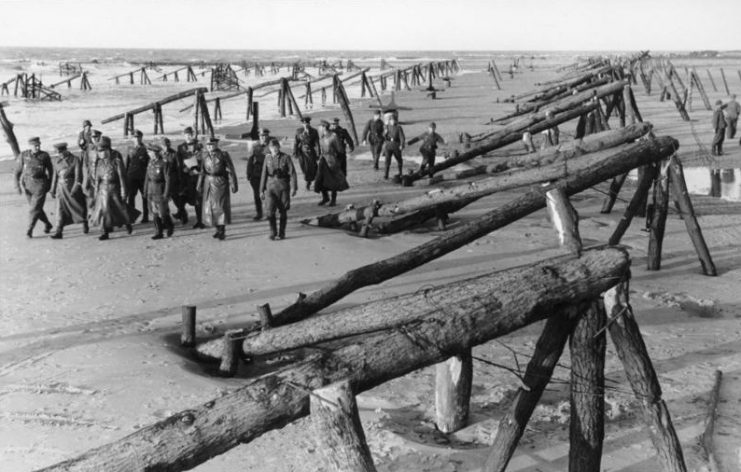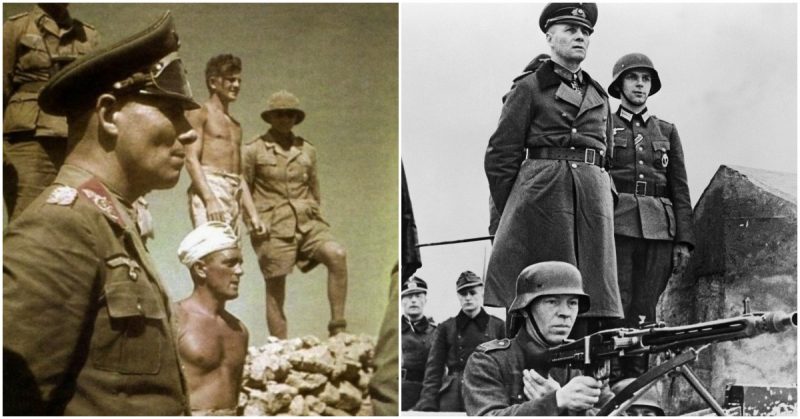Field Marshal Erwin Rommel was a very popular General, not only to his German compatriots but also to millions of people around the world. He was renowned for both his fearlessness on the war fronts and his chivalry. The British regarded him with high esteem after his valiance in the North African campaign which went on to be called a War Without Hate.
Born on November 15, 1891 in the southern German town of Heidenheim, Rommel joined the Wehrmacht at age 18. Following the conclusion of his studies in the German military school in Danzig, he became a Lieutenant in January 1912 with the 124th Infantry under his command.
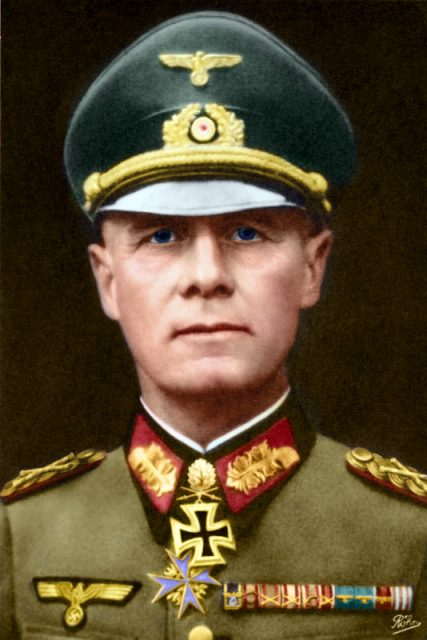
When the First World War began in mid-1914, Rommel participated in France, Romania, and Italy. His achievements in the First World War earned him the Iron Cross. For his dramatic contribution to the capture of mountains Kolovrat, Matajor, and Stol, he earned the Pour le Mérite.
Prior to the Second World War, a book titled Infanterie greift an, which translates to Infantry Tactics, was published by Rommel. It was a personal account of his experience in the First World War and his analysis of infantry tactics employed at the time. It became a bestseller and a powerful tool in the hands of armies around the world.
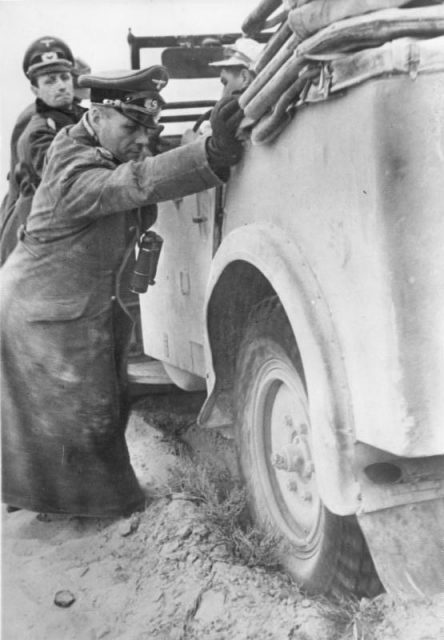
At the outbreak of the Second World War, Rommel was appointed Generalmajor and was in charge of the Führer escort brigade which protected Hitler during Germany’s invasion of Poland.
The 7th Panzer division was brought under his leadership in February 1940.
This event would portray him as one of Hitler’s favorite commanders amidst assertions by more senior aspiring commanders that unscrupulous political games had won him the spot. But he proved his worth and eligibility for the position through the quality of his leadership and by achieving the Knight’s Cross award during the invasion of the Netherlands, Belgium, and France.
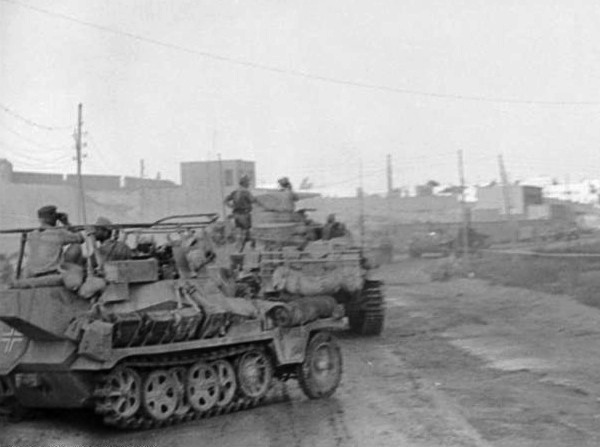
In early 1941, Hitler ordered him to Libya as head of the Deutsches Afrika Korps (DAK), which was sent to aid Italian troops who had been battling British Commonwealth forces at great losses.
On arrival, Rommel first struck Tobruk, Libya’s port city, laying siege to the city for eight months.
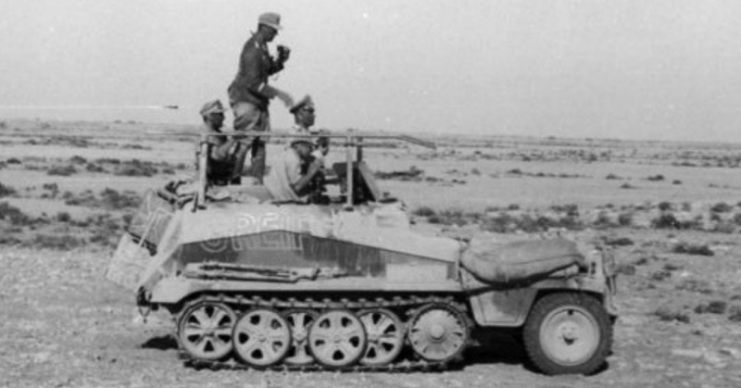
Bundesarchiv, Bild CC-BY-SA 3.0
The Commonwealth forces successfully quelled his attack, and he was forced to put a hold on his offensive. He would return blazing with his DAK in 1942 and would finally capture the city in the Battle of Gazala. He was promoted again by Hitler, this time to field marshal. However, the city was later recaptured by the Allies.
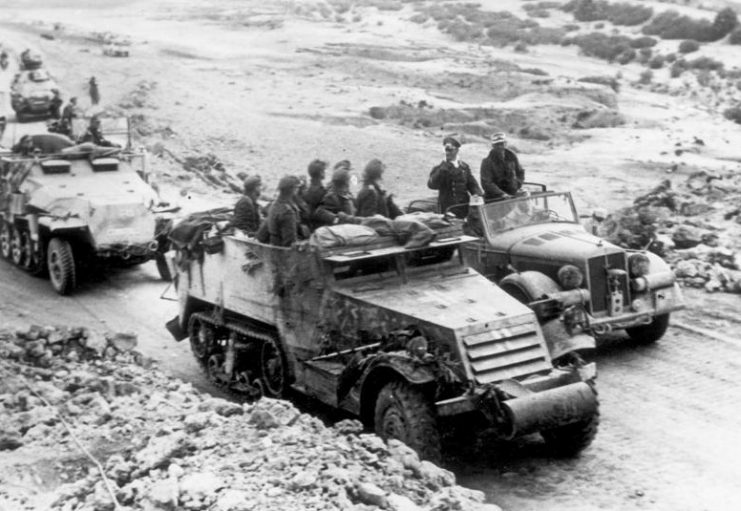
Rommel’s tactics on the fronts garnered him a measure of respect from the British side. His rapid advance and surprise attacks earned him the nickname “Desert Fox”, and he became known as one of the commanders who saw the highest rate of success in Germany’s history.
But everything changed on July 20, 1944, when an attempt was made on Hitler’s life.
Investigations into the failed bomb attack which nearly killed Hitler led to the arrest of about 7,000 people, all part of several German resistance groups which wanted to eliminate Hitler and make peace with the Allies.
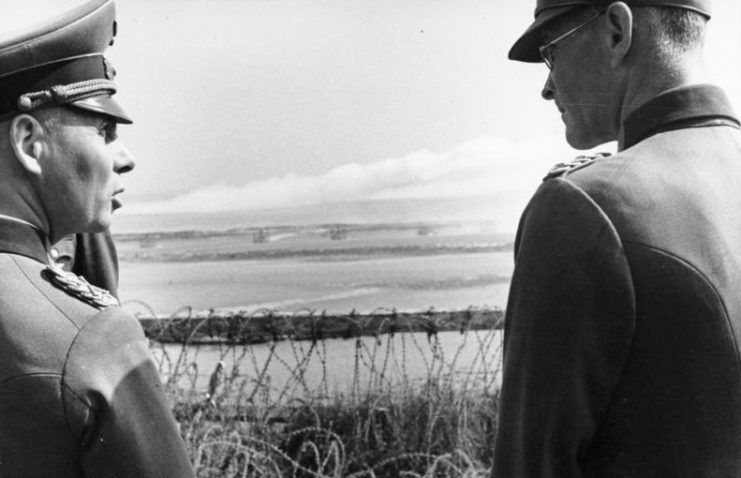
Claus von Stauffenberg, alongside two of Rommel’s friends and anti-Hitler activists, were said to have paid a visit to Rommel before the attempt on Hitler’s life. And during torture, one of the culprits had named Rommel as a participant. Worse, Rommel’s name was found on the list of would-be presidents pending the outcome of the attempt.
However, due to his reputation, Rommel was not ‘executed’.
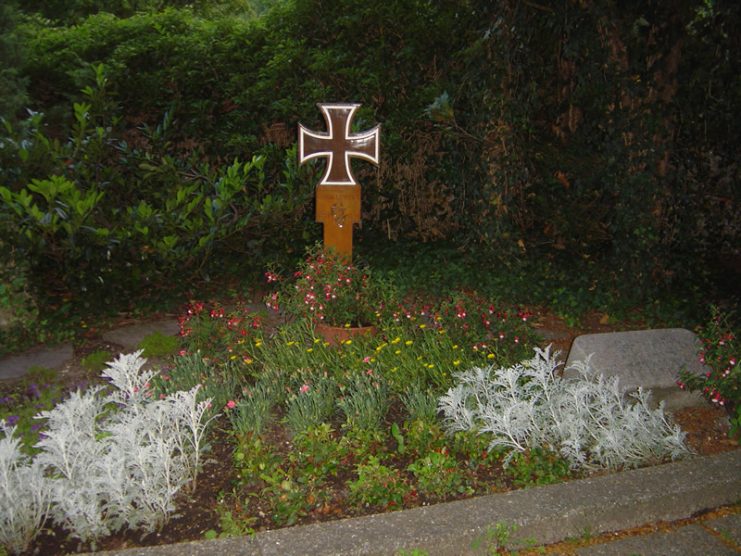
Hitler assured him of the safety of his family, and the retention of his honor, if he would commit suicide. If he wouldn’t, he would face a trial that would end in a disgraceful execution.
So it was that on October 14, 1944, in Herrlingen, Field Marshal Erwin Rommel took his own life with a cyanide pill.
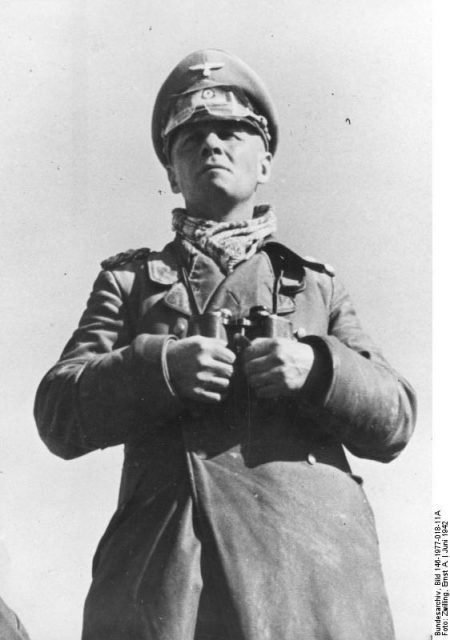
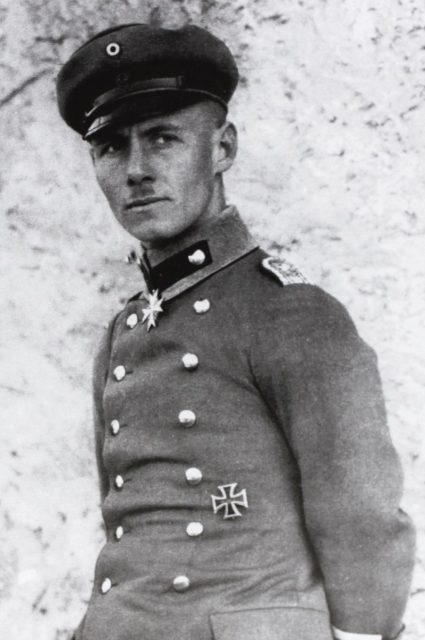
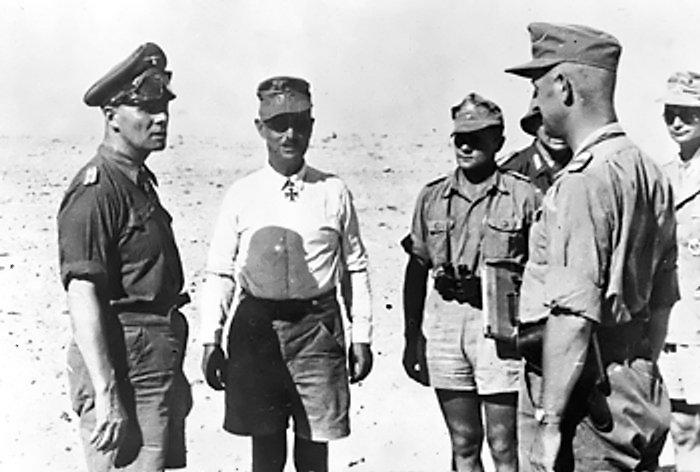
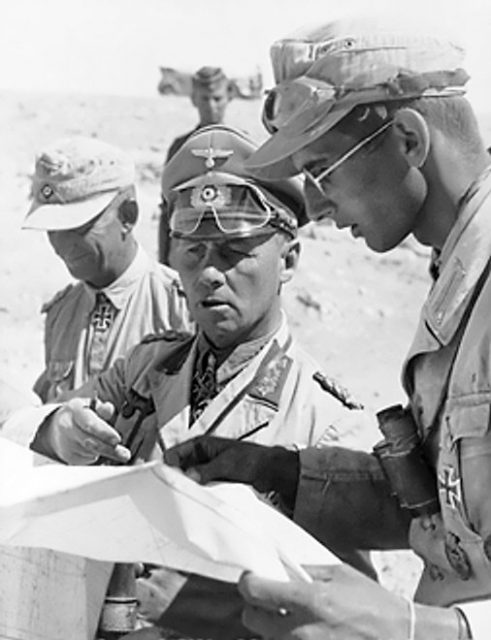
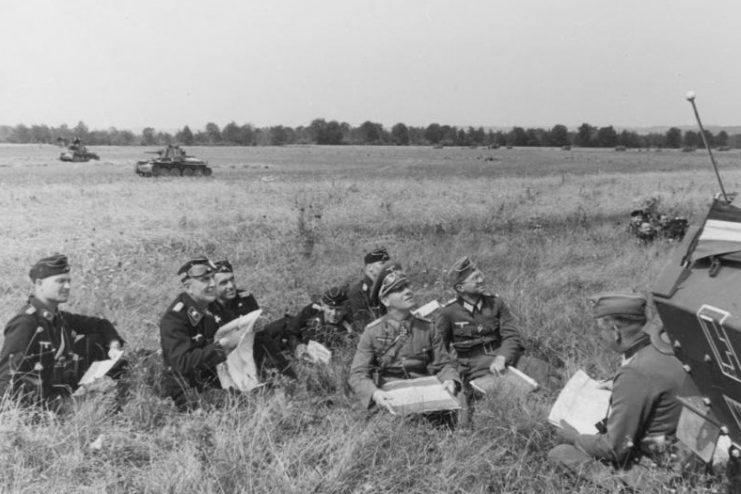
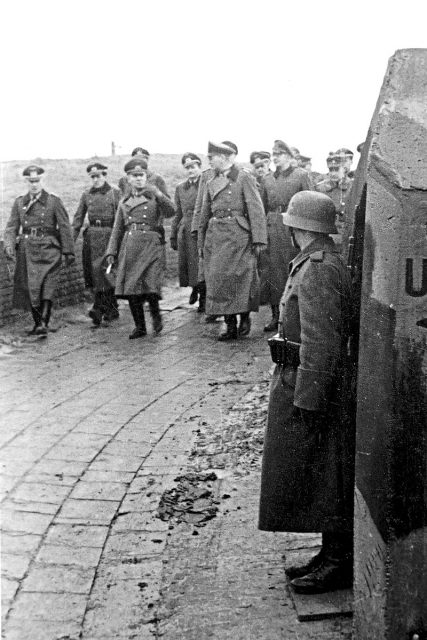
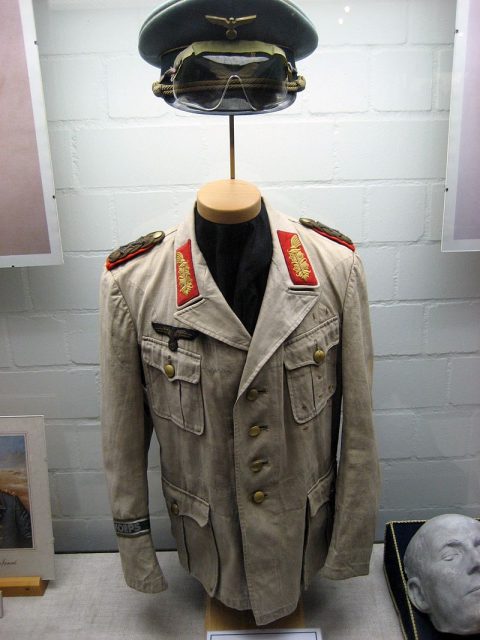
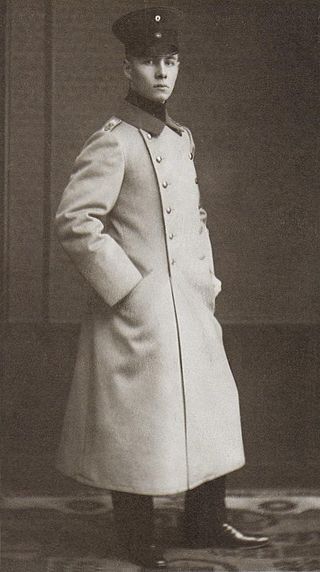
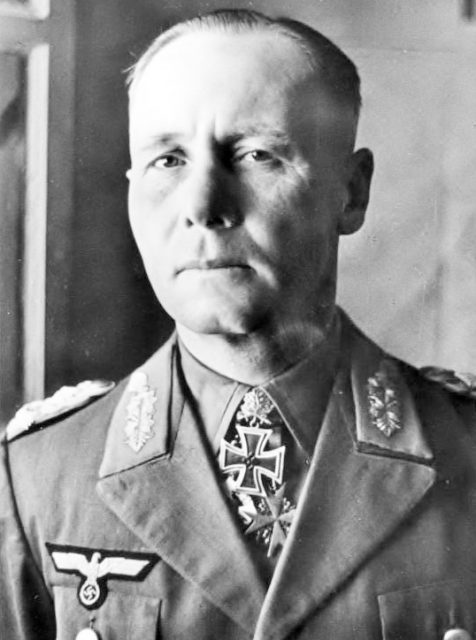
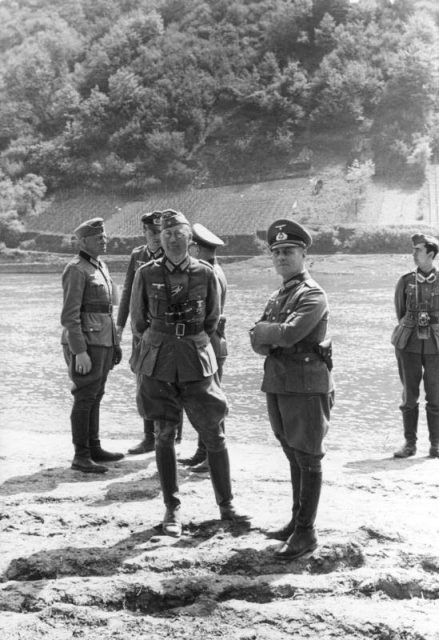
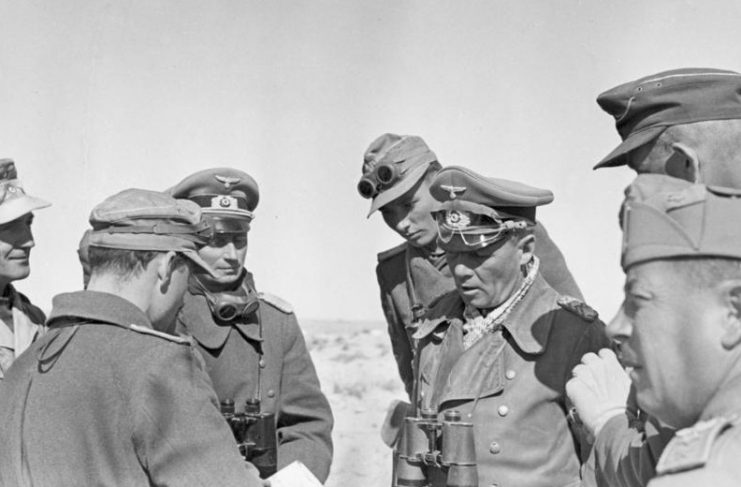
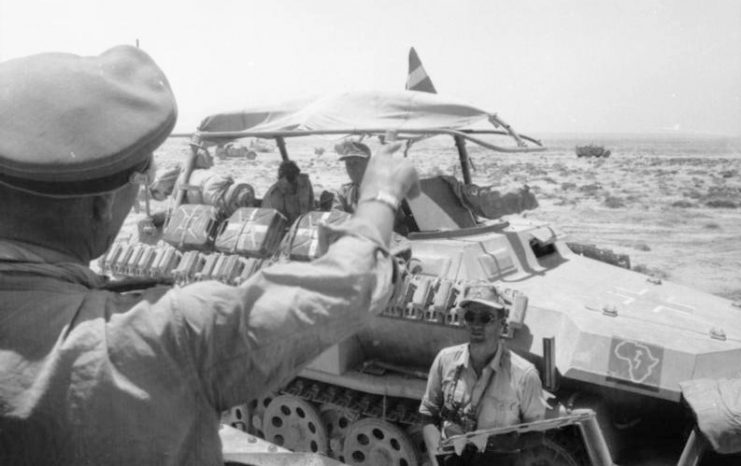
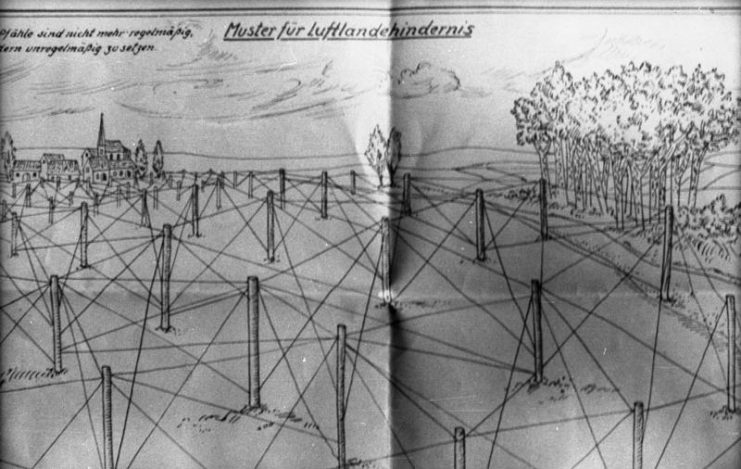
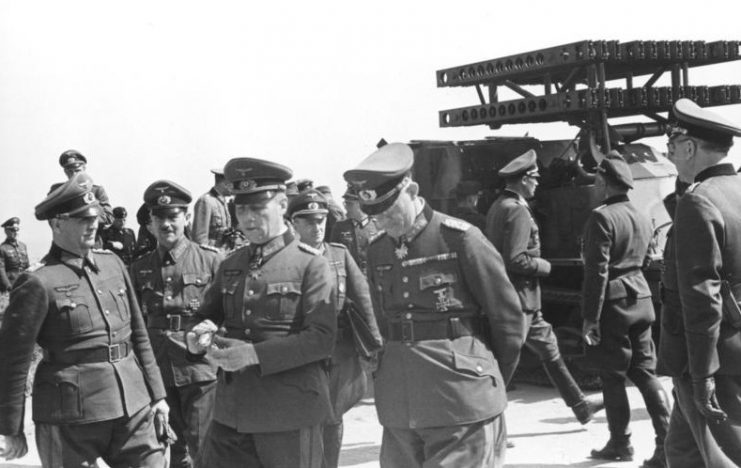
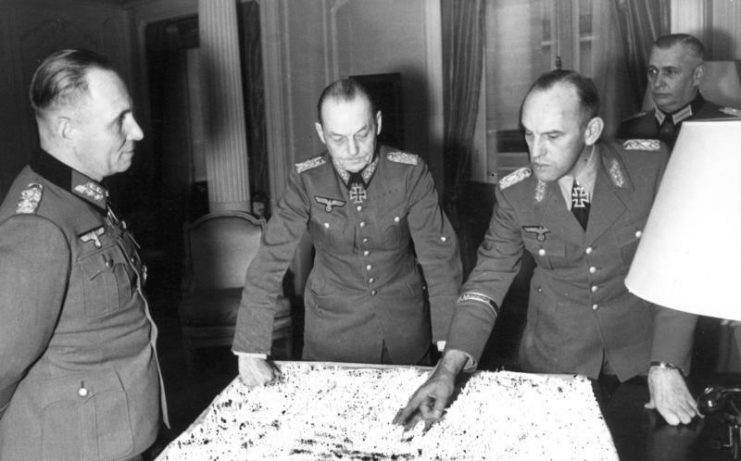
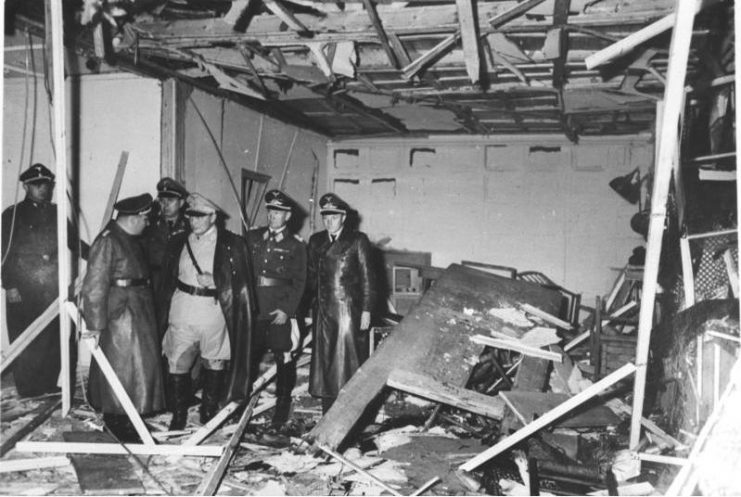
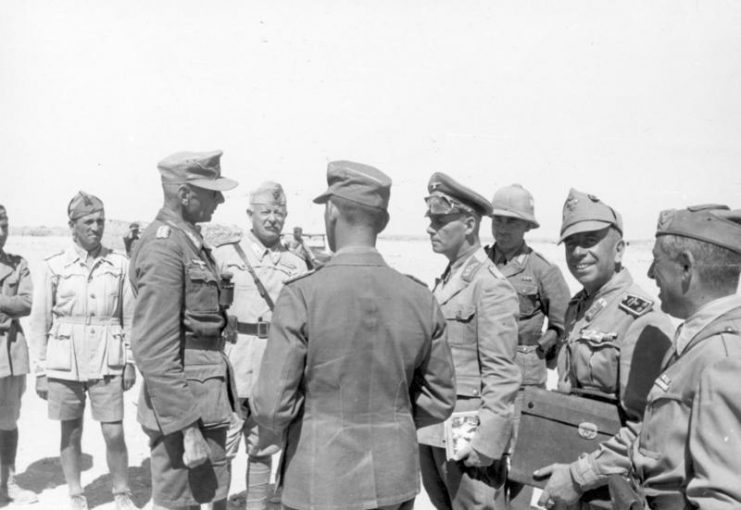
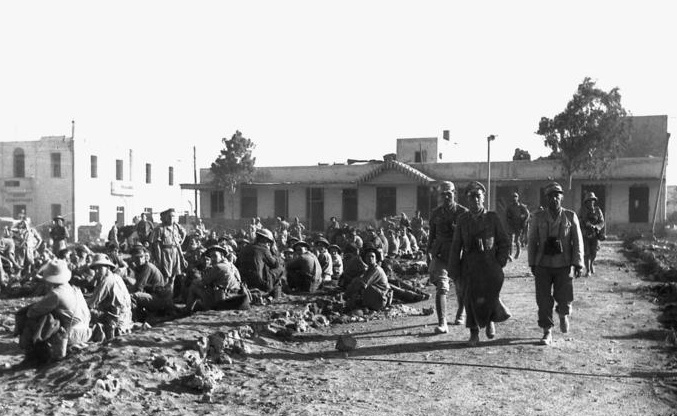
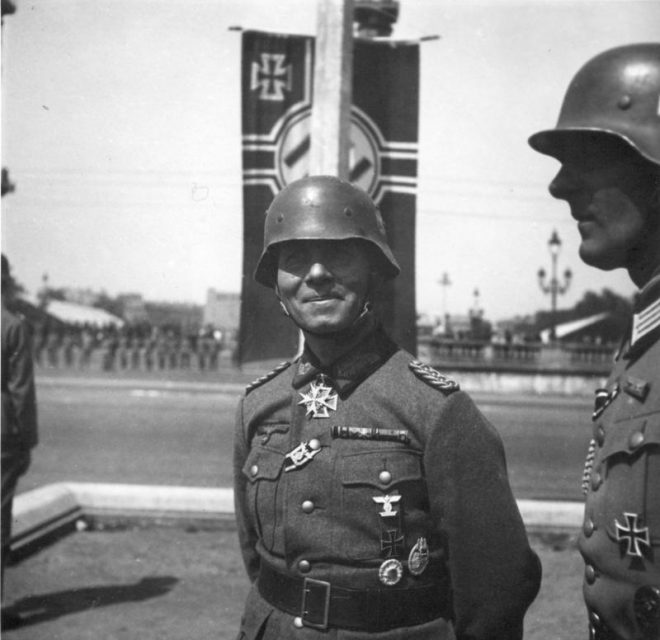
Read another story from us: Rommel Defeats the Free French: Battle of Bir Hakeim
